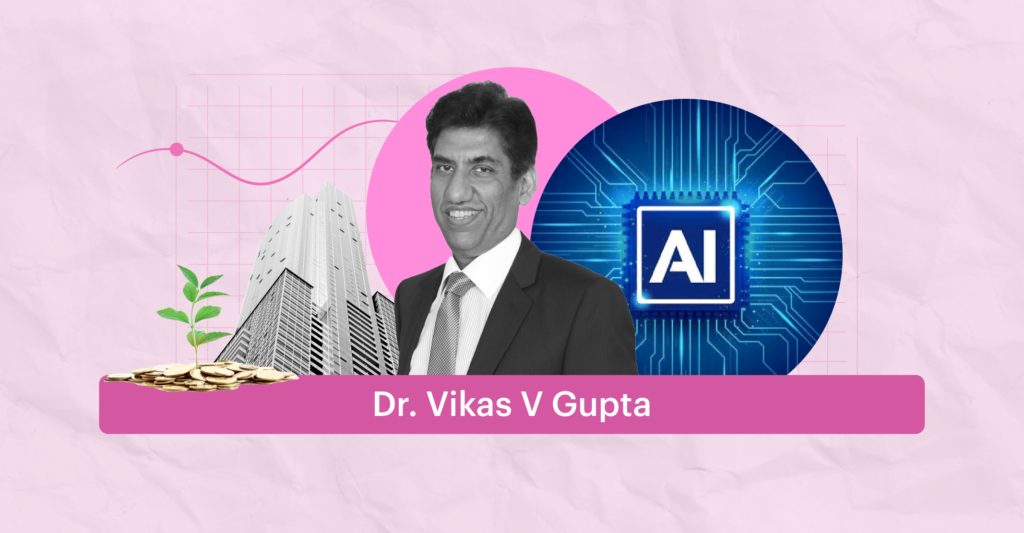Last Updated on Mar 29, 2023 by
“Investing in AI companies today is akin to investing in oil companies at the turn of the 20th century – those who recognise the transformative potential early on will reap the rewards for decades to come.”
–Benjamin Graham (never said that)
“Great investment opportunities come when what is happening in a particular industry is out of sync with what people believe is happening. In the age of AI, investing in companies that are positioned to lead the transformation will be the key to unlocking long-term value.”
–Warren Buffett (never said that)
“The rise of AI is not a threat to those who embrace it, but an opportunity for those who invest in it wisely. By understanding the potential of this transformative technology, investors can position themselves for success in the businesses of tomorrow.”
–Charlie Munger (never said that)
While neither of the 3 great investors said any of the above, ChatGPT did, but it has large doses of truth in it nonetheless.
We are on the cusp of the AI Revolution. This is the third revolution in the history of Humankind. In the beginning, humans used to be hunter-gatherers. This was manual, labour-intensive work.
The first revolution which helped human civilisation evolve was the Agricultural Revolution, which reduced the total human labour required for producing the same amount of food and increased the importance of land.
The second revolution was the Industrial Revolution, which again drastically reduced the total human labour required for the same amount of production and increased the importance of capital in terms of investing in equipment in addition to the requirement for land.
Now we are at the third major revolution, the AI Revolution, which drastically reduces the total human labour required through robotics, but also the use of the human mind, and reduces the requirements for land and capital as well. Productivity goes up exponentially and is also a great enabler where more and more people or entities with ideas can develop them without too many requirements for land, labour, capital or even the human mind.
Estimates from most consultants and analysts put the impact of AI on the global economy by 2030 in trillions of dollars. AI is going to be both a disruptor and a transformer. The ones who understand, adopt and use it earlier are likely to be the transformers and disruptors, while the ones who lag are likely to be disrupted. All the traditional economic sectors are going to be transformed. As we at OmniScience Capital often say:
The good player goes where the ball is; the great player goes where the ball is going to be.
Investment in the AI ecosystem
If you are only invested in the Nifty 50 or the S&P 500, meaning most of the allocation is to non-AI companies, there will be a significant portion of your portfolio which is going to face disruption and hence is likely to be value destructive. However, a portfolio with a significant allocation to the companies which are likely to create value through AI is going to be value accretive.
Of course, one has to be careful of some of the risks in this. The most important one is not to chase a company just because it has the name AI. A recent quirky campaign from a food delivery company shows that even chAI and mithAI have AI in them. One has to do their due diligence on it. Further, not all AI companies are going to be value creators for their shareholders. One has to understand the full AI ecosystem.
Created using Stable Diffusion Online
The AI ecosystem consists of AI platform providers, users and service providers. Once AI users are able to access these AI platforms, with the help of the service providers, to make their work efficient and effective, the value will be created for the customers of the AI user companies, but it is less certain whether the value will be created for the shareholders of these companies.
Given the oligopolistic structure of the Cloud AI companies, it is likely that they will create value for their shareholders too. Similarly, the number of AI service providers is relatively small and much smaller compared to the demand. Thus these are also likely to provide a higher likelihood of shareholder profitability. Of course, even from AI user companies, some will use it in such innovative ways that it will provide a sustainable competitive advantage to them and thus create long-term value for their shareholders.
Next 100-bagger AI company
One needs to be careful to make sure that AI companies are fundamentally strong. Meaning they should fit the Scientific Investing Framework. This means low debt, sustainable high profitability, and not being overvalued.
The idea of finding the next 100-bagger AI company which will become the AI giant of the future should be discarded. At this early stage, it cannot be determined which company will be the leader, and it is not even required to be known. One should create a diversified portfolio of AI leaders from various segments, such as, AI brains (hardware), meaning memory and processing chip manufacturing companies and Cloud companies, AI mind (software), meaning AI engine development companies, AI for mobile, AI for enterprise, AI at the edge and so on. While the AI Revolution is a mega growth vector, within it are several different growth vectors which have their own directions and are relatively less correlated to each other. An ideal AI portfolio would have several of these growth vectors and several companies within each growth vector.
The Indian markets primarily have AI service providers. For the AI platform providers, one has to primarily invest in the US markets. While one can do their own research and create their own portfolio, it might be difficult to take care of all the risks and constrained mentioned above while also enhancing the chances of making higher returns. We at OmniScience Capital have created one such portfolio for Indian investors, which is available on the smallcase platform. This is called the Omni AI-Tech Global smallcase.
The Omni AI-Tech Global portfolio provides exposure to not only the most relevant AI service provider companies but also, via India-listed ETFs, exposure to the most relevant AI platform provider companies in the US. We also have a direct US equity portfolio, the Omni AIoT. But do your own research and due diligence before investing in this or anything else related to AI.
Let us close with the following thought from Artificial John Templeton:
“Investing in AI companies requires a keen eye for innovation and a strong stomach for risk. But those who have the patience to see beyond the hype and the foresight to navigate the unknown can reap rewards that surpass even the wildest of expectations.”
–John Templeton (never said that)
This article is written by Dr. Vikas V Gupta, CEO and Chief Investment Strategist at OmniScience Capital. He believes that “Chasing Alpha leads to Risks and Chasing Safety leads to Alpha”. Check out smallcases created by OmniScience Capital.
Disclaimer: Please note that any mention of company names is not a recommendation to buy, sell or hold. Equity investments are subject to market risks. Past performance is no guarantee of future performance. Global Investing has additional risks. One should invest based on the advice of their financial advisor based on their investment objectives, financial situation and risk profile. OmniScience Capital, its management and employees and its clients might be buying, selling or holding the mentioned companies.
- The Risks And Rewards Of Investing In AI-Focused Companies - Mar 29, 2023
- Do Low P/E Stocks Have the Potential To Deliver High Returns? - Feb 20, 2023
- How Does Nasdaq Impact the Indian IT Sector Market? - Dec 5, 2022




